For international investors looking to tap into the U.S. real estate market, setting up a U.S. bank account is a crucial step. A U.S. bank account simplifies transactions, provides easy access to funds, and helps in managing property-related expenses efficiently. Here’s a step-by-step guide to help navigate the process of opening a U.S. bank account.
First Step is Choosing the Right Bank
Major banks like JPMorgan Chase, Bank of America, and Wells Fargo offer accounts to international clients. Consider the following factors when choosing:
- Account Types: Look for banks that offer accounts suited for international investors, such as business accounts or personal accounts with international capabilities.
- Fees and Services: Compare fees, services, and online banking features. Some banks offer specialized services for non-resident investors.
Prepare Necessary Documentation
To open a U.S. bank account, you’ll need to provide specific documents. Generally, banks require:
- Passport: A valid passport as proof of identity.
- Visa or Other Legal Status Documents: A U.S. visa or other documentation proving your legal status in the U.S.
- Proof of Address: This can be a utility bill, lease agreement, or a similar document. Some banks may accept international addresses.
- Tax Identification Number (TIN): An Individual Taxpayer Identification Number (ITIN) is often required. You can apply for an ITIN through the IRS if you don’t have a Social Security Number (SSN).
- Bank Reference Letter: Some banks might request a reference letter from your current bank.
If Possible Visit the Bank in Person
While some banks offer online applications, many international investors are required to visit a branch in person to open an account. This allows the bank to verify your identity and ensure compliance with U.S. regulations. If traveling to the U.S. is not feasible, check if the bank offers an alternative process or partnerships with international branches.
Application Process
You’ll fill out the necessary application forms, as well as provide all the required documentation. There may be additional questions about the nature of your investments and financial activities. Some banks may conduct a brief interview to understand your investment goals and financial background.
Deposit Funds into Your Account
After your account is set up, you’ll need to make an initial deposit. The required amount can vary depending on the bank and the type of account. This deposit is often used to activate your account and may be subject to minimum balance requirements.
Once your account is active, set up online banking to manage your account efficiently. Online banking allows you to:
- Transfer Funds: Easily move money between accounts or make payments.
- Monitor Transactions: Keep track of your account activity and manage your investments.
- Access Statements: Retrieve electronic statements and financial reports.
Consider Additional Services
Depending on your investment needs, you might want to explore additional services such as:
- Foreign Exchange Services: Useful if you need to handle transactions in multiple currencies.
- Investment Accounts: Some banks offer investment management services or accounts specifically for real estate investors.
- Tax Advice: Consult with a tax advisor familiar with U.S. tax laws and international investment regulations.
Stay Compliant with U.S. Regulations
Ensure you comply with U.S. financial regulations and tax laws. This includes:
- Filing U.S. Tax Returns: Depending on your level of involvement in the U.S. real estate market, you might need to file U.S. tax returns.
- Reporting Foreign Bank Accounts: If you have significant foreign bank accounts, you may need to file a Report of Foreign Bank and Financial Accounts (FBAR) with the U.S. Treasury.
What’s Next?
Setting up a U.S. bank account is a vital step for international investors in the U.S. real estate market. By following these steps and preparing the necessary documentation, you can streamline the process and ensure that your investment transactions are managed efficiently. Remember to stay informed about U.S. regulations and consult with professionals as needed to navigate the complexities of international investing. Happy investing!






